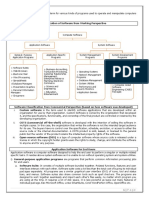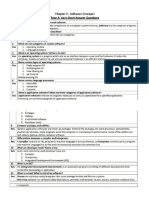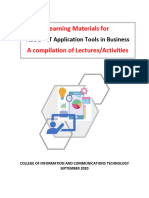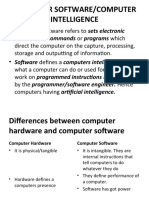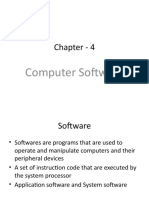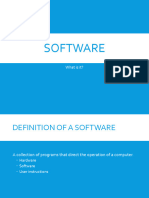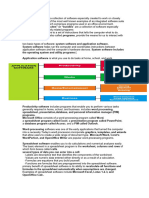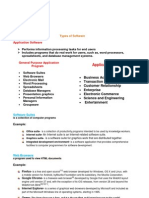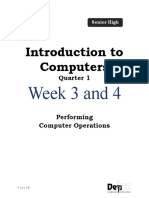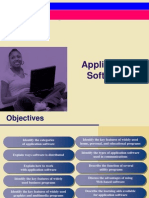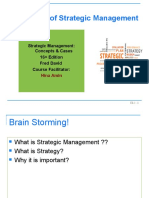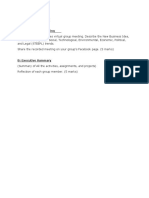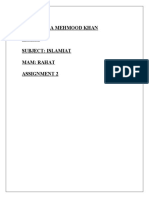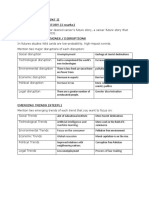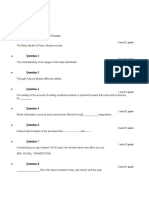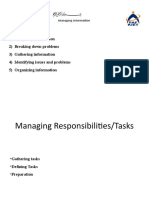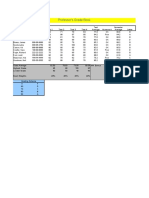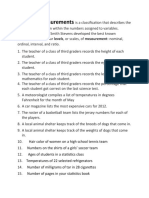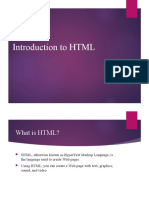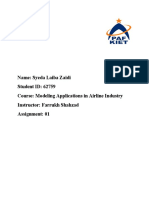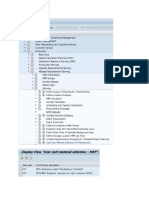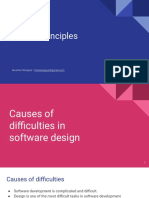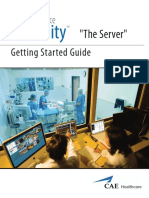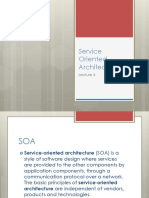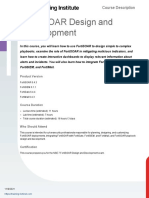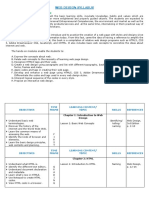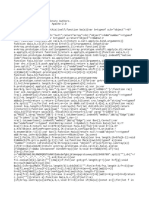0% found this document useful (0 votes)
101 views7 pagesName: Syeda Laiba Zaidi STUDENT ID: 62759 Course: Sab Instructor: Muhammad Waqas Pasha Assignment No: 01
The document discusses types of software and functions of operating systems. It provides:
1) An overview of the two major types of software: system software (e.g. operating systems) and application software (e.g. word processors).
2) A high-level summary of five key functions of operating systems: user interface, resource management, task management, file management, and utilities.
3) Examples of important operating systems like Windows, Unix, Linux, and Mac OS X.
Uploaded by
Laiba ZaidiCopyright
© © All Rights Reserved
We take content rights seriously. If you suspect this is your content, claim it here.
Available Formats
Download as DOCX, PDF, TXT or read online on Scribd
0% found this document useful (0 votes)
101 views7 pagesName: Syeda Laiba Zaidi STUDENT ID: 62759 Course: Sab Instructor: Muhammad Waqas Pasha Assignment No: 01
The document discusses types of software and functions of operating systems. It provides:
1) An overview of the two major types of software: system software (e.g. operating systems) and application software (e.g. word processors).
2) A high-level summary of five key functions of operating systems: user interface, resource management, task management, file management, and utilities.
3) Examples of important operating systems like Windows, Unix, Linux, and Mac OS X.
Uploaded by
Laiba ZaidiCopyright
© © All Rights Reserved
We take content rights seriously. If you suspect this is your content, claim it here.
Available Formats
Download as DOCX, PDF, TXT or read online on Scribd
/ 7

